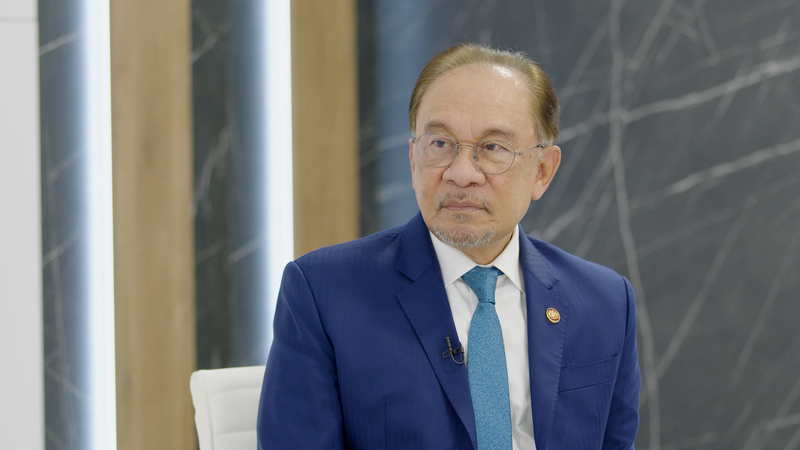In a recent statement on the global stage, Malaysia’s Prime Minister Anwar Ibrahim underscored two key forces reshaping international trade and cooperation: ASEAN and BRICS.
“As a trading block, ASEAN holds its position of centrality and engages with all countries,” Anwar said, highlighting the region’s inclusive approach and strategic importance across Asia and beyond.
He also pointed to BRICS as “a new initiative as a cohesive force within the Global South, where we share many areas of common interests that require collective negotiation and protection, and at the same time we need to collaborate with others.”
ASEAN’s Central Role
ASEAN, which includes nations such as Malaysia, Indonesia, Thailand and Singapore, acts as a hub for trade and investment in Southeast Asia. Its member states have built strong economic ties, fostering an open environment where goods, services and ideas flow freely.
BRICS: Cohesion in the Global South
BRICS – comprising Brazil, Russia, India, the Chinese mainland and South Africa – has emerged as a platform for emerging economies to pool resources and amplify their voice on global issues. By teaming up on areas from climate action to trade deals, these countries aim to protect shared interests and negotiate more effectively on the world stage.
What It Means for You
For global citizens, entrepreneurs and digital nomads, these developments signal new opportunities. ASEAN’s open markets and BRICS’ collaborative projects could unlock fresh pathways for investment, innovation and cultural exchange.
As the world looks for new landmarks in sustainable development and economic growth, the dual forces of ASEAN and BRICS set the stage for a more balanced, multi-faceted global economy.
Reference(s):
Malaysia PM: BRICS represents a cohesive force within Global South
cgtn.com




